
Wireless Lapel vs Shotgun Mic
Wireless Lapel Mic (Lavalier Mic) Best For: Interviews, vlogging, on-the-go shooting, and capturing clear dialogue in a controlled environment.

In photography, light isn’t just an element—it’s the language we speak.
And when it comes to natural light, we are working with the purest, most dynamic source available.
Whether you’re shooting portraits, landscapes, or still life, understanding how to harness natural light will not only elevate the quality of your images but also deepen your creative vision.
Let’s explore how you can use natural light more effectively—and most importantly, more intentionally—to create images that feel alive, authentic, and beautifully crafted.
Great use of natural light begins long before you press the shutter.
Train yourself to notice how light behaves throughout the day:
Developing an intuitive understanding of these nuances will empower you to anticipate the mood and texture of your photos before you even start shooting.
Creative Exercise:
Spend a day photographing the same subject at different times. See how the changing light tells a different story each hour.
The hour just after sunrise and the hour just before sunset—known as golden hour—offers soft, directional light that flatters subjects and adds an irresistible glow to your images.
But don’t overlook blue hour (the period just before sunrise or just after sunset) when the world is bathed in cooler, more ethereal tones.
These are windows of opportunity where natural light is at its most magical—ephemeral, moody, and deeply expressive.
Tip:
Arrive early. Scout your location ahead of time so you’re ready to work with the fleeting beauty of these moments.
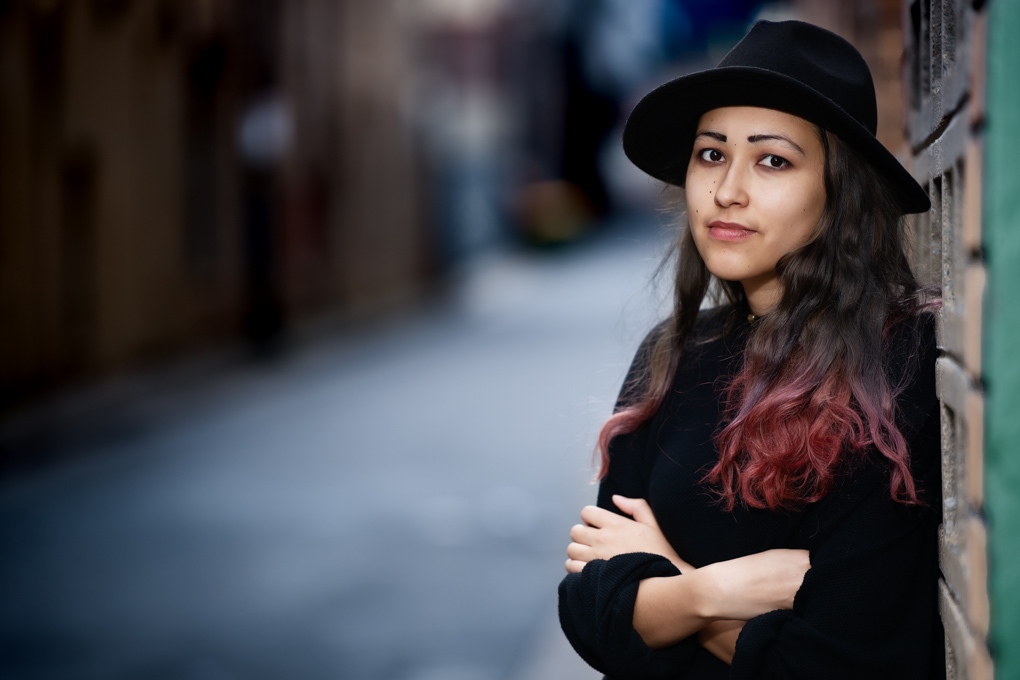
Indoor natural light can be just as transformative.
A window becomes a controlled light source—you can adjust your subject’s distance from it, modify it with curtains or reflectors, and create everything from soft Rembrandt-style portraits to crisp editorial shots.
Quick Trick:
Turn your subject slightly away from the window to create subtle, dimensional shadows that add depth and drama to your portraiture.
Natural light isn’t always perfect—but it’s always moldable.
A simple white reflector can bounce light into shadowed areas, lifting the darkness without artificiality. A diffuser (like a sheer white curtain or purpose-built panel) can tame harsh sunlight into a gentle, flattering wash.
Essential Gear:
These inexpensive tools expand your creative control while keeping the natural, organic feel intact.
Many photographers shy away from strong shadows—but shadows are where drama lives.
Instead of fighting high-contrast situations, use them. Position your subject partially in shade. Shoot silhouettes against a bright background. Frame shadows themselves as leading characters in your compositions.
Embracing shadow is embracing emotion, tension, and story.
Creative Idea:
Try a “chiaroscuro” shoot where you highlight only part of your subject with a beam of natural light, letting the rest dissolve into darkness.

A bright, sunny day isn’t the only “good” light.
Cloudy skies gift you with soft, even lighting—perfect for portraits and macro work. Rain creates reflections and mood. Fog adds mystery and texture.
Instead of rescheduling when the forecast looks unpredictable, ask yourself: How can I make this weather work for me?
Great photographers adapt. Exceptional ones create.
Natural light will challenge you. It will surprise you.
And, if you let it, it will inspire you beyond technique and into true artistry.
The more intimately you understand light, the more effortlessly you will infuse your work with feeling, mood, and soul.
Every day, nature gifts us with a canvas of shifting possibilities. As photographers, our job is not to fight it—but to dance with it.
Now go find your light—and create something unforgettable.

PS, If you found this helpful please let me know by leaving a comment below and sharing on social.
PPS, If you are struggling with anything photography related feel free to email or message me I’d love to help out anyway I can.

Hi, I’m a professional photographer with a passion for capturing moments that tell powerful stories—whether it’s backstage with the Australian Ballet, on assignment as a press photographer, or creating striking brand imagery. With years behind the lens and a love for both the technical and creative sides of photography, I’m here to share insights, tips, and real-world experiences to help you grow your skills and find your own visual voice. Thanks for being here—let’s create something extraordinary.

Wireless Lapel Mic (Lavalier Mic) Best For: Interviews, vlogging, on-the-go shooting, and capturing clear dialogue in a controlled environment.

Which resolution is ideal for each type of photography? The ideal resolution for different types of photography depends on how
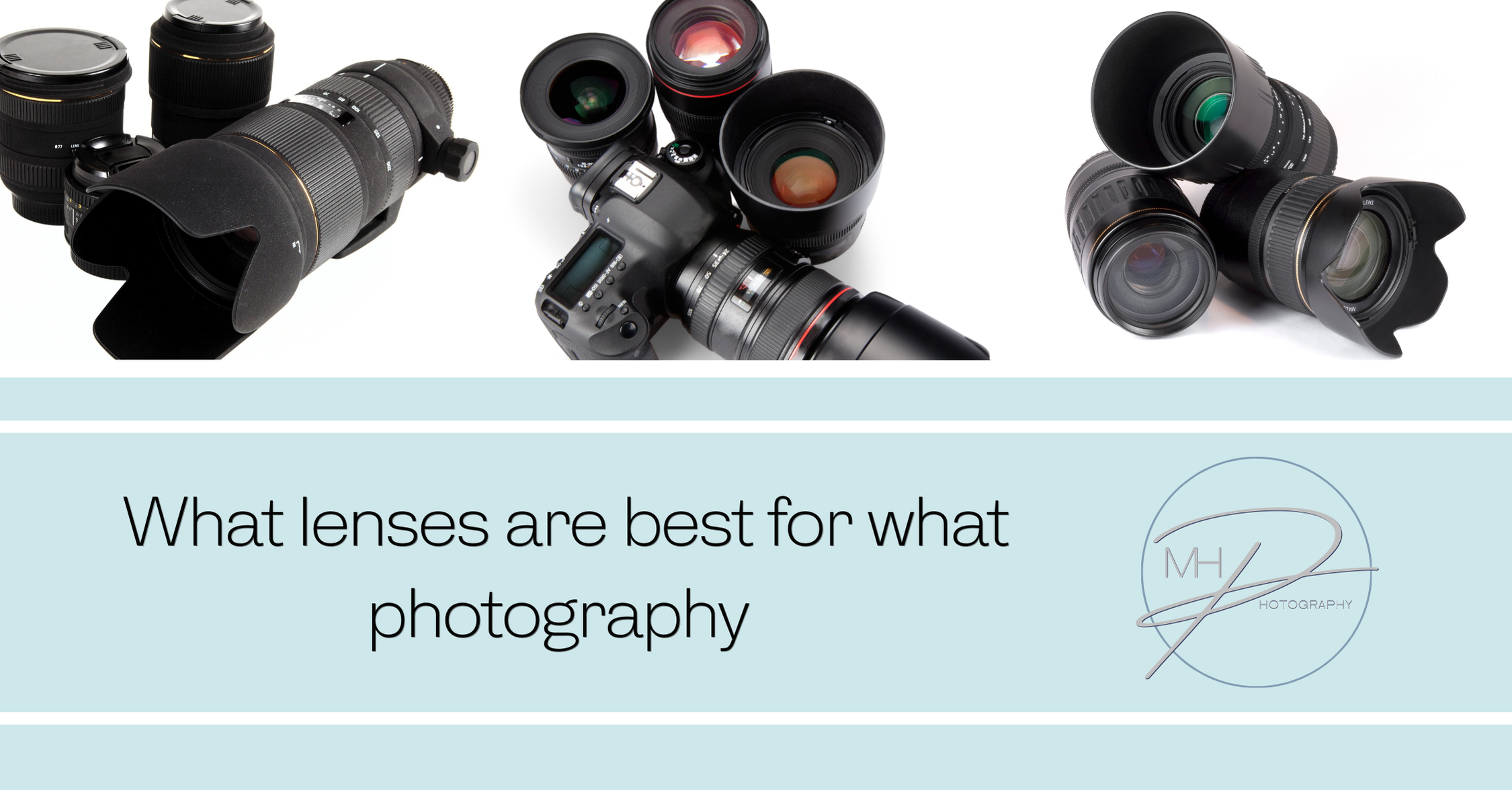
What lenses are best for different types of photography Choosing the right lens for photography depends on the type of
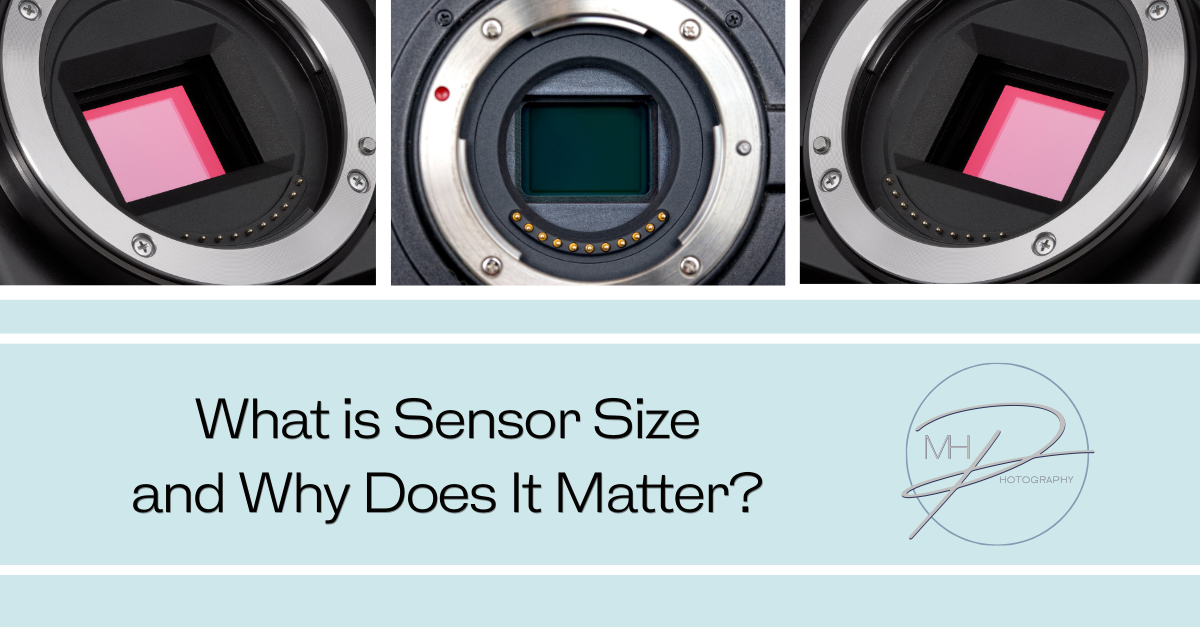
What is Sensor Size and why does it matter? When purchasing a camera, the sensor size plays a crucial role
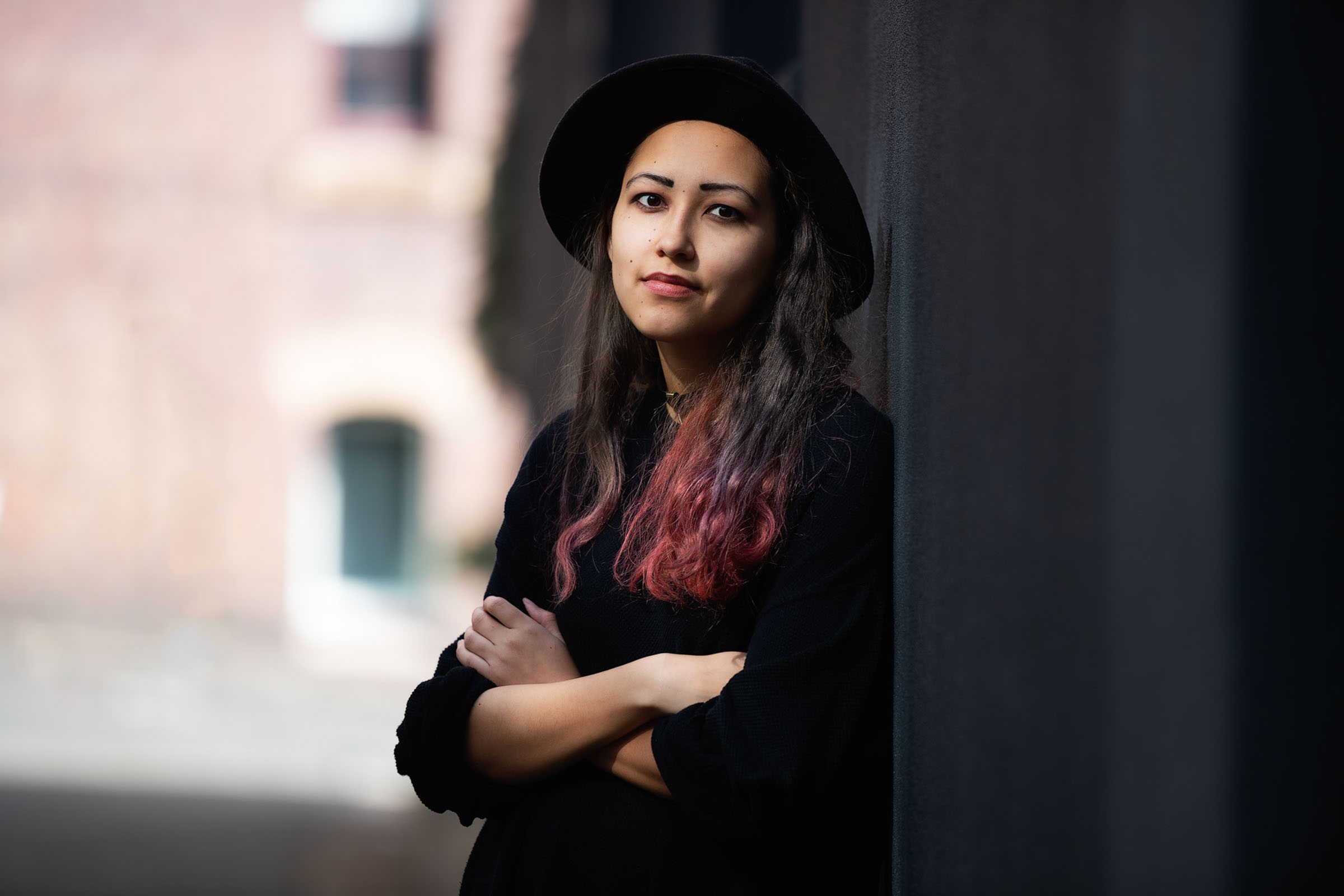
A Beginner’s Guide to Beautiful Lighting Natural light is one of the most beautiful and accessible tools in a portrait

Types of Autofocus (AF) Autofocus (AF) is a critical feature in modern cameras, ensuring subjects are sharp and well-defined. Different

Tripod Heads Tripods are an essential tool for both photographers and videographers, offering stability and flexibility for capturing shots. The

Keeping your camera gear clean is essential for maintaining image quality and prolonging the life of your equipment. The right
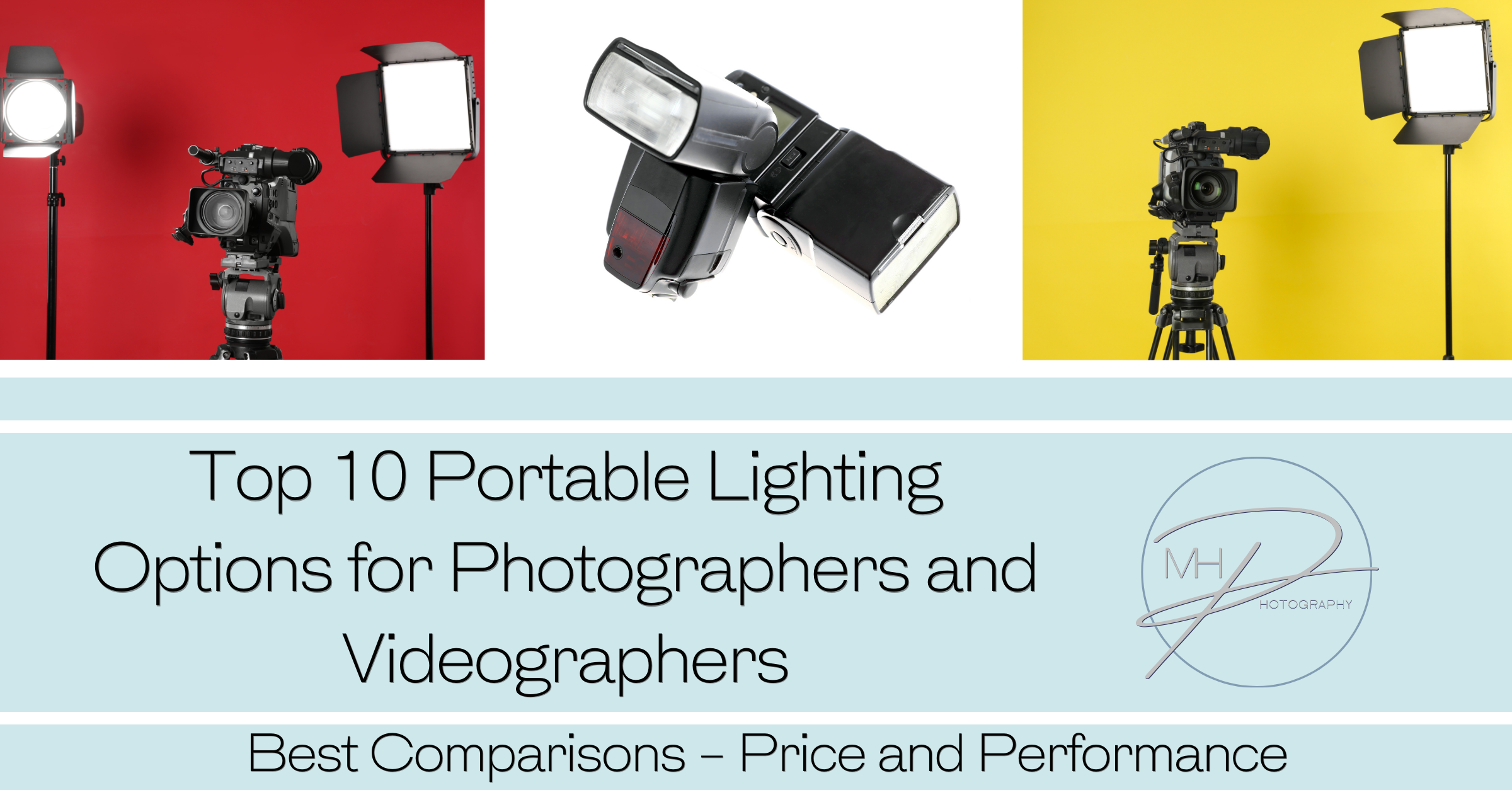
Best Comparisons on Price and Performance Portable lighting is essential for photographers and videographers who need reliable, on-the-go lighting for

Best Comparisons Choosing the right camera strap is crucial for comfort and accessibility while shooting. A high-quality strap can make
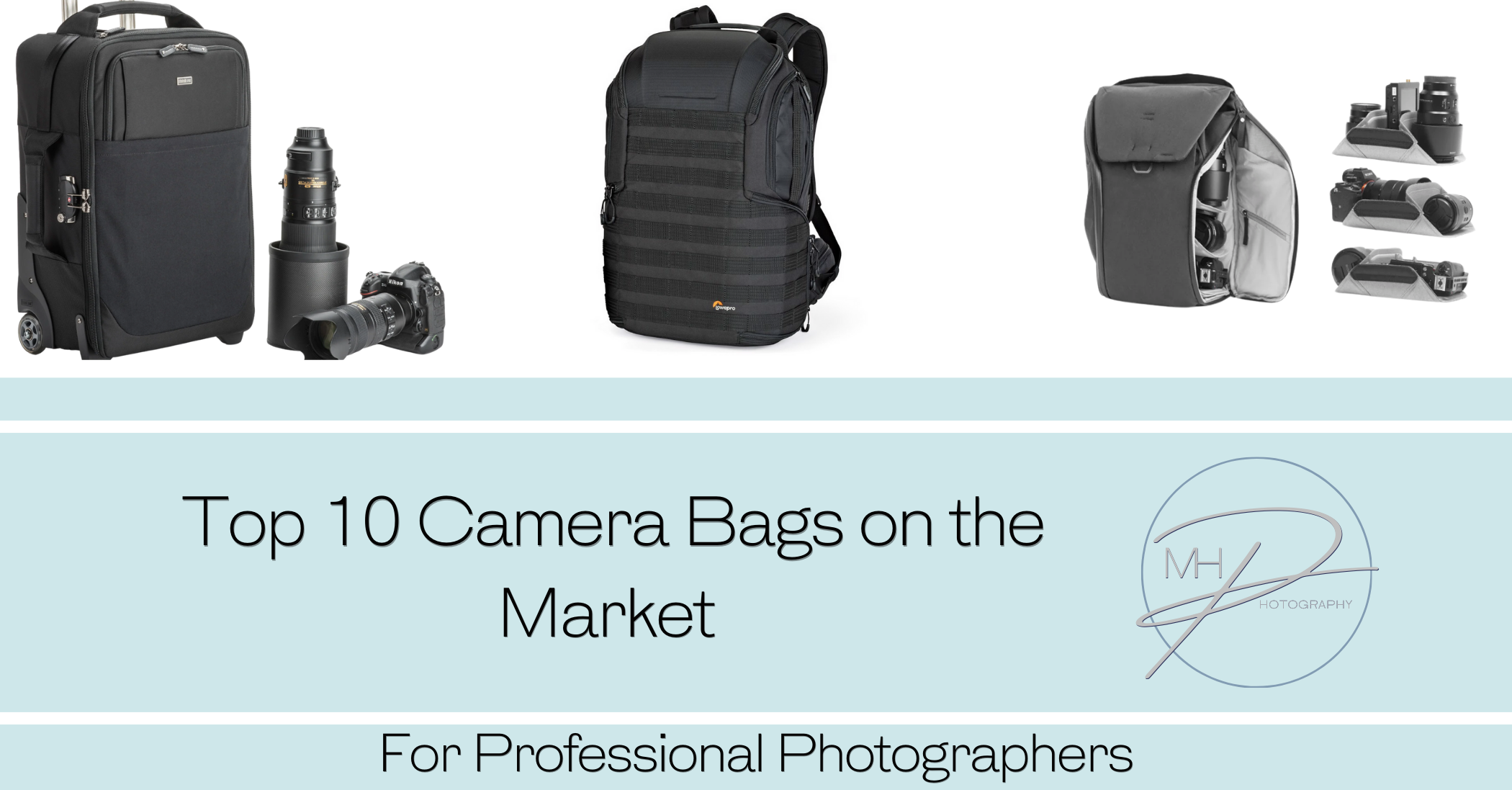
Top 10 Camera Bags Selecting the right camera bag is essential for photographers, particularly professionals who require both functionality and

The top 10 video editing software options Here’s a detailed comparison of the top 10 video editing software used by